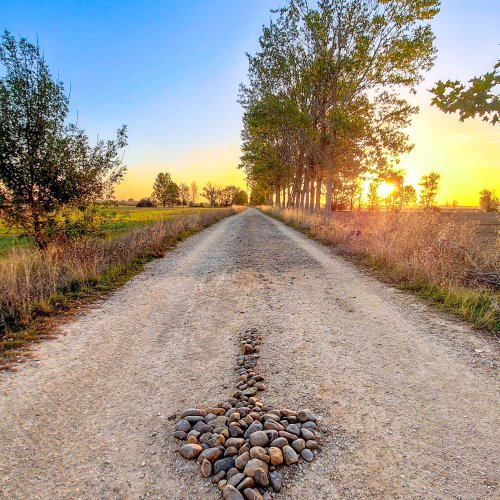- Time of past OR future Camino
- Yearly and Various 2014-2019
Via Monastica 2022
Some of us love hills, some of us dread them.
I was in the latter camp until meeting Swiss friends who never seemed happier than when they were walking up and up and up--and somehow I got used to it and caught the bug.
How to go uphill efficiently and easily is a learned art...partly about attitude, and partly physical.
As far as the latter is concerned, on another thread, Wokabaut_Meri told us about a physical way to make hills a little easier, and then SY chimed in with a YouTube link teaching it--the 'rest step' (not a joke, though some of us thought so at first!)
So here it is:
May all your hills be joyful ones!
(All thanks and likes go to Wokabaut_Meri and SY, also to Sheffield James who suggested this thread so as to reach a wider audience....)
I was in the latter camp until meeting Swiss friends who never seemed happier than when they were walking up and up and up--and somehow I got used to it and caught the bug.
How to go uphill efficiently and easily is a learned art...partly about attitude, and partly physical.
As far as the latter is concerned, on another thread, Wokabaut_Meri told us about a physical way to make hills a little easier, and then SY chimed in with a YouTube link teaching it--the 'rest step' (not a joke, though some of us thought so at first!)
So here it is:
May all your hills be joyful ones!
(All thanks and likes go to Wokabaut_Meri and SY, also to Sheffield James who suggested this thread so as to reach a wider audience....)












